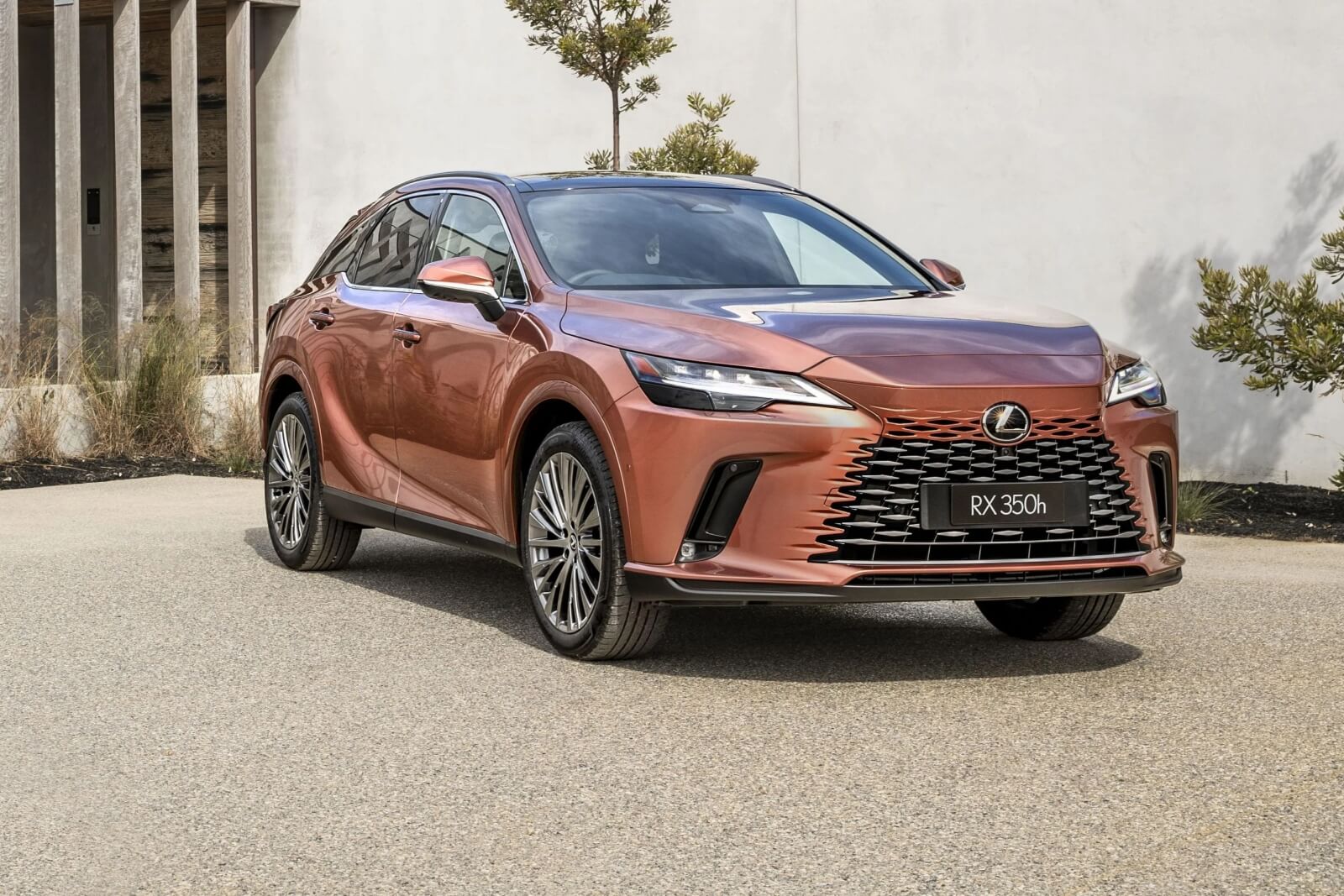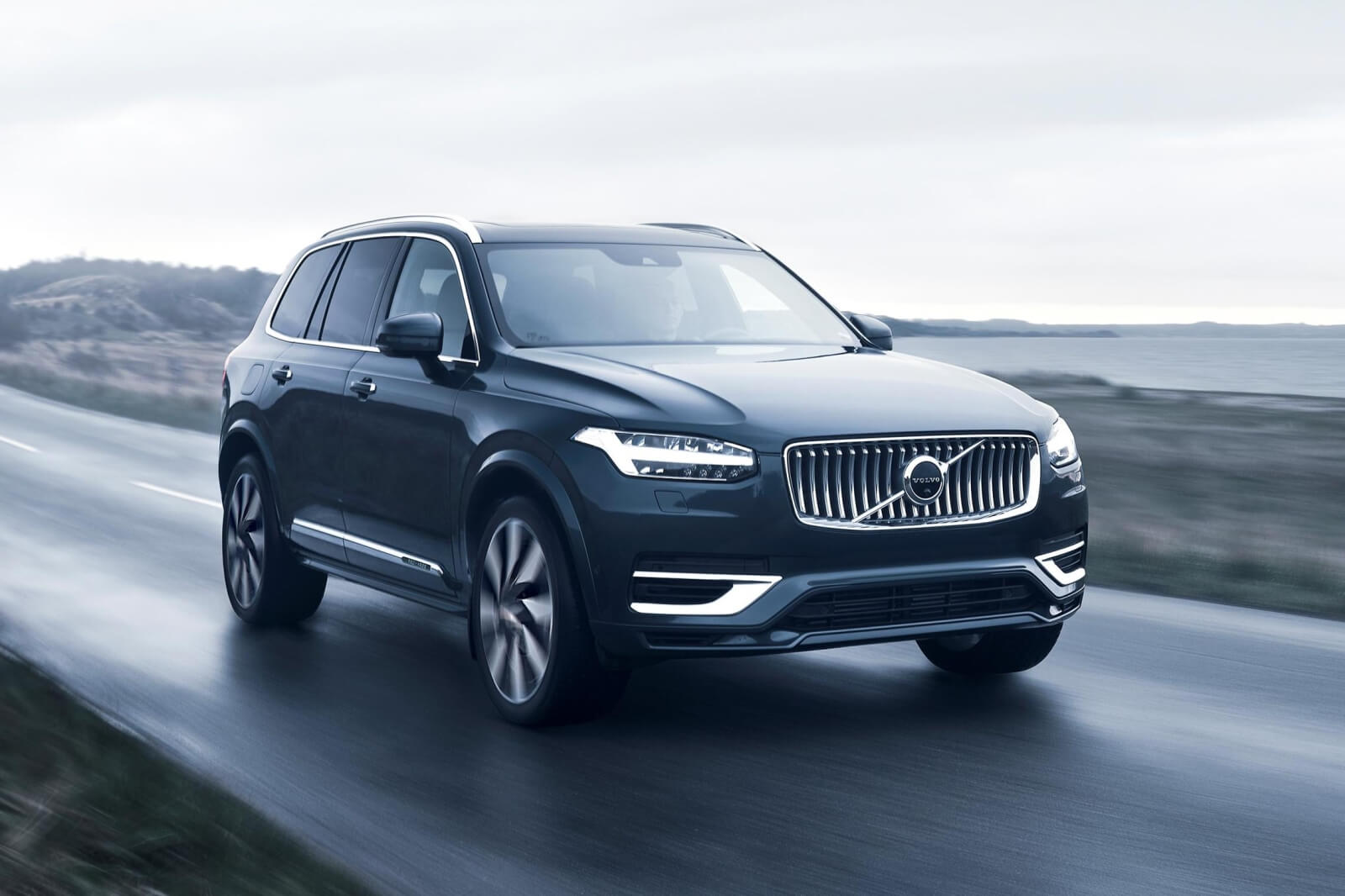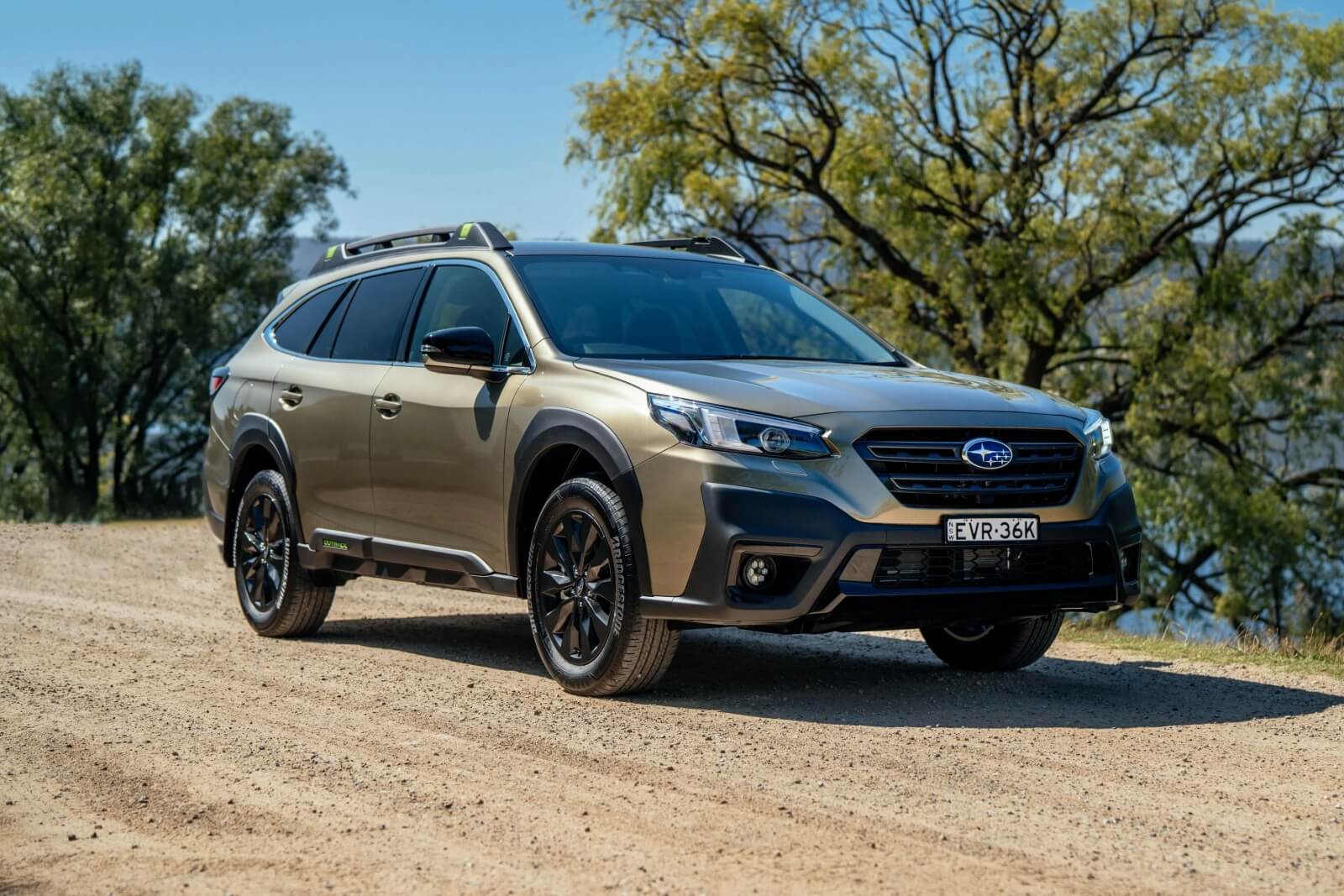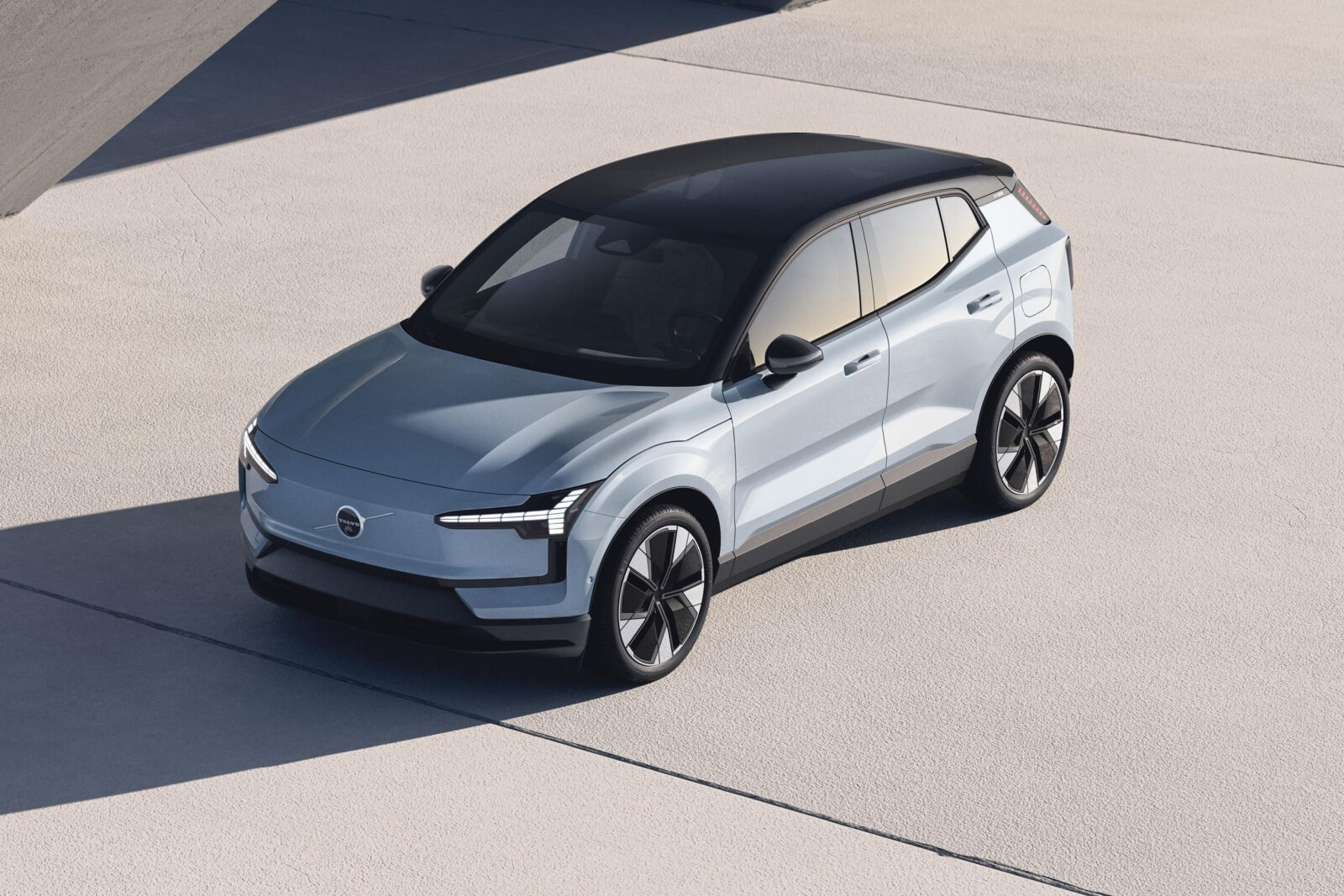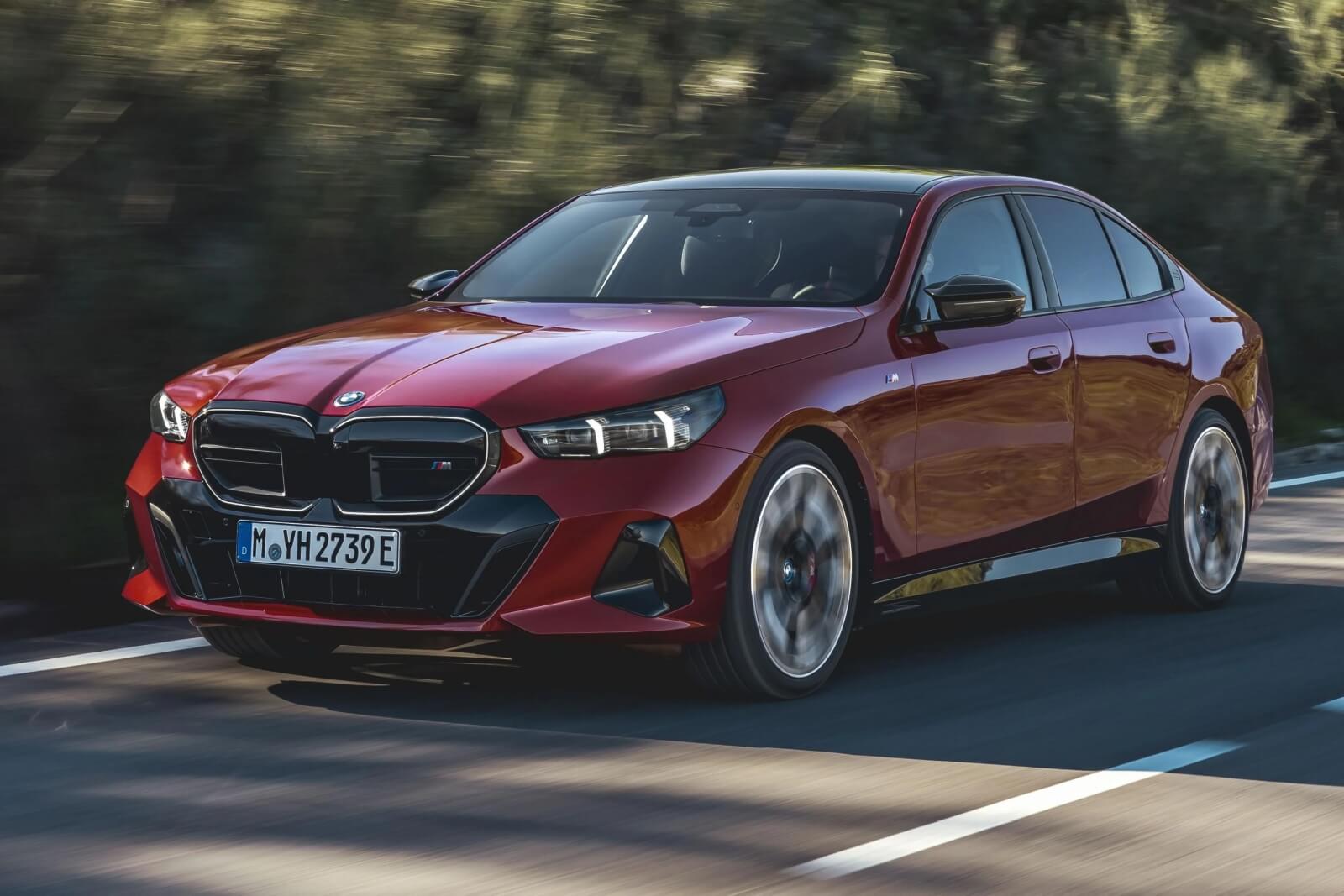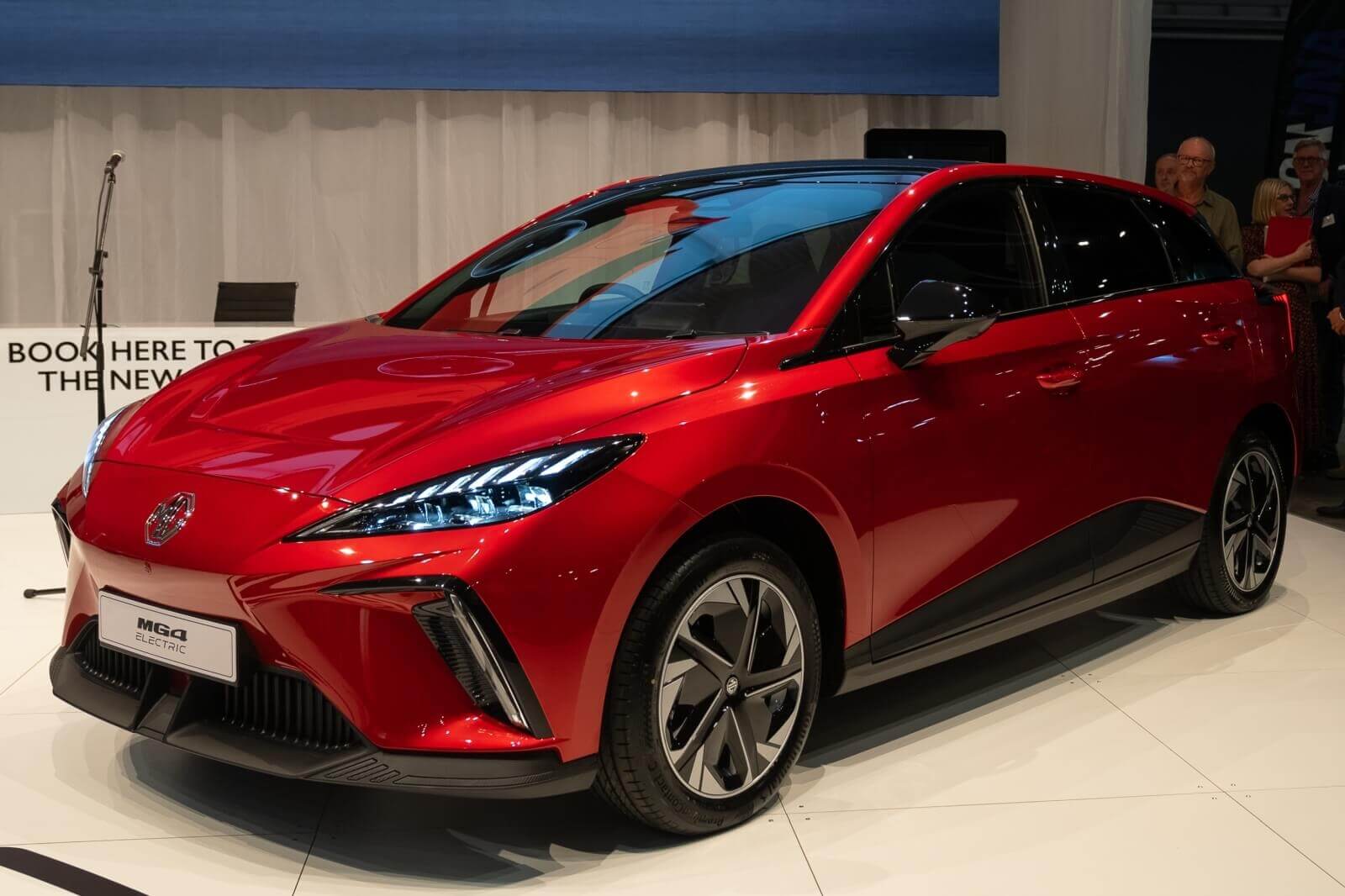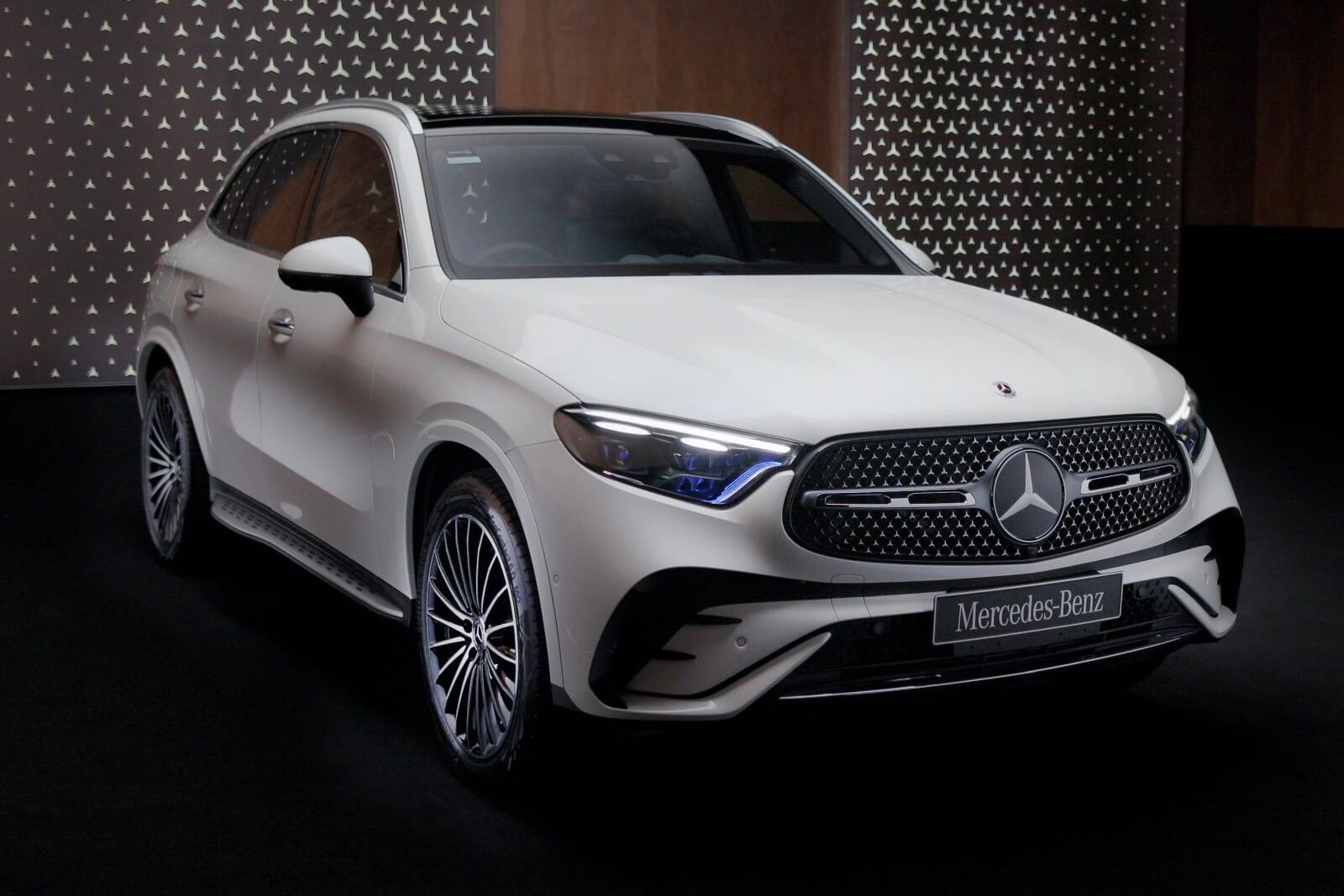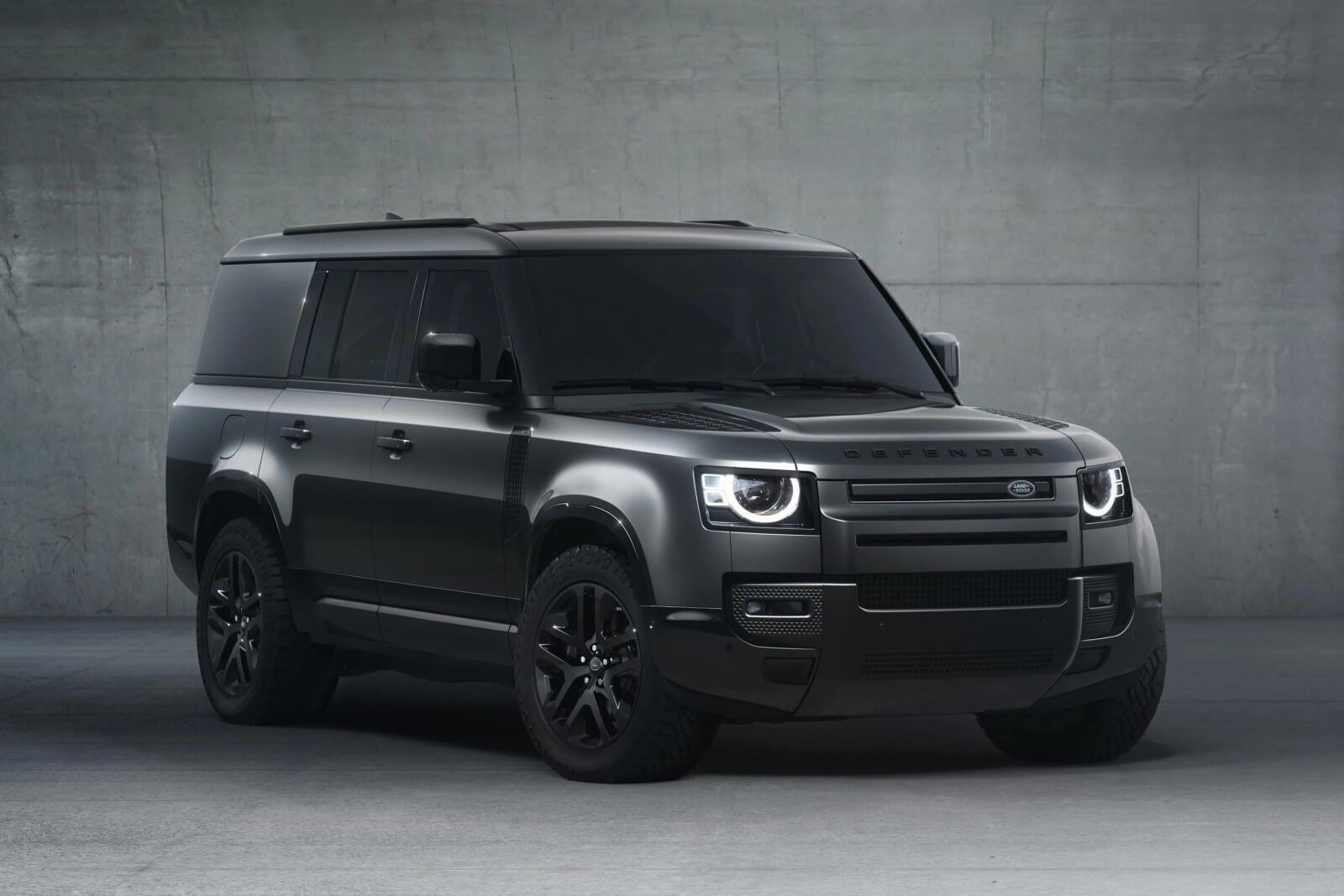Mazda is intensifying its efforts to compete in the high-end arena. Their brand-new CX-60 SUV is designed with the ambition to challenge the German auto giants.
Pros
- Powerful plug-in hybrid drivetrain
- Significant improvement in construction quality and materials
- Effective noise dampening within the cabin
- Exciting diesel and petrol engines on the horizon
Cons
- The ride can be rough over potholes and corrugations
- Lack of DC charging or V2G/V2L functionality
- Low-speed jerkiness
- Marginally more spacious than the CX-5
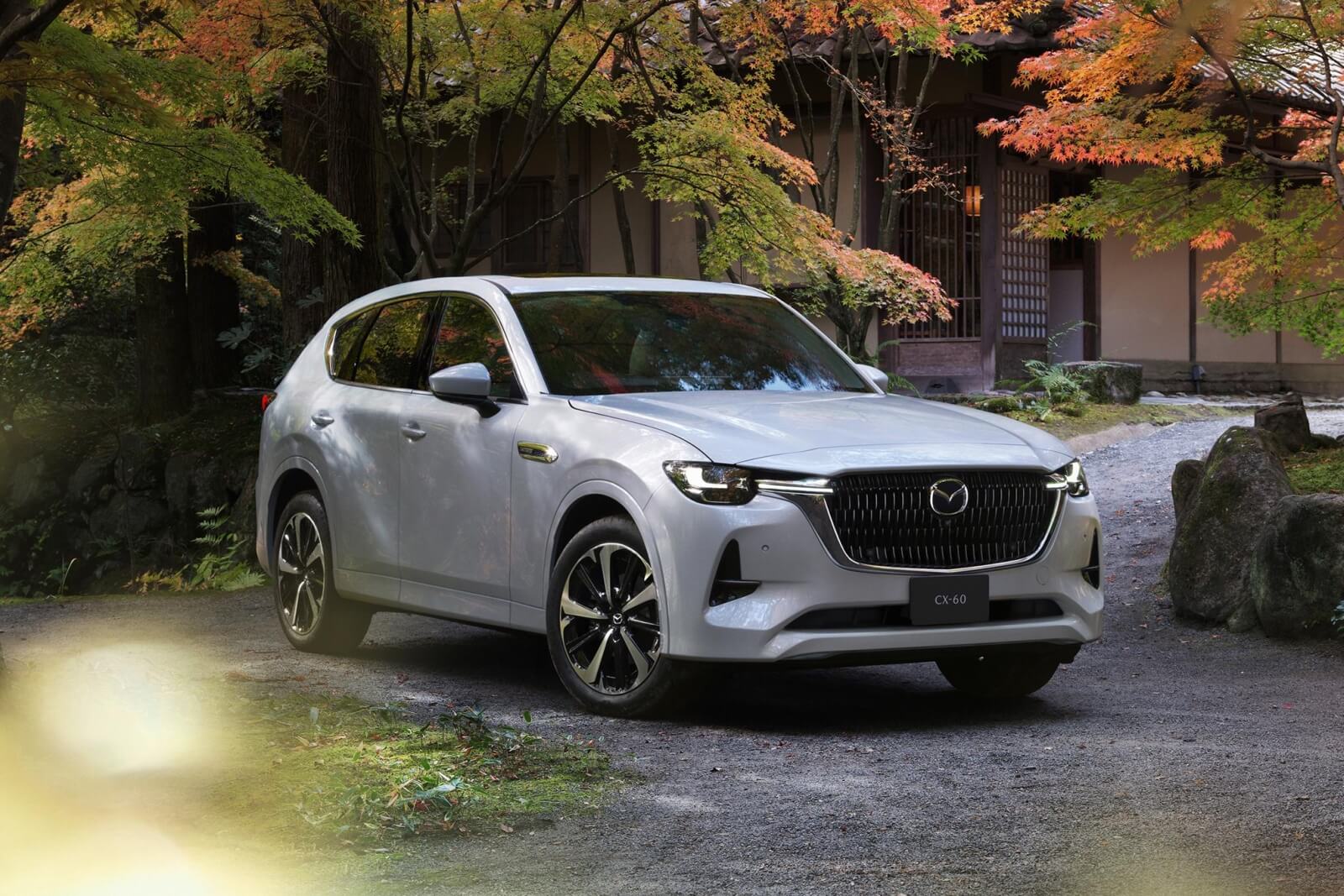
What are the prices for the Mazda CX-60 PHEV?
2023 Mazda CX-60 Drive Away Prices
2023 Mazda CX-60 G40e Evolve – $65,190
2023 Mazda CX-60 D50e Evolve – $67,274
2023 Mazda CX-60 P50e Evolve – $78,957
2023 Mazda CX-60 G40e GT – $73,526
2023 Mazda CX-60 D50e GT – $75,610
2023 Mazda CX-60 P50e GT – $87,373
2023 Mazda CX-60 G40e Azami – $80,629
2023 Mazda CX-60 D50e Azami – $81,797
2023 Mazda CX-60 P50e Azami – $93,629
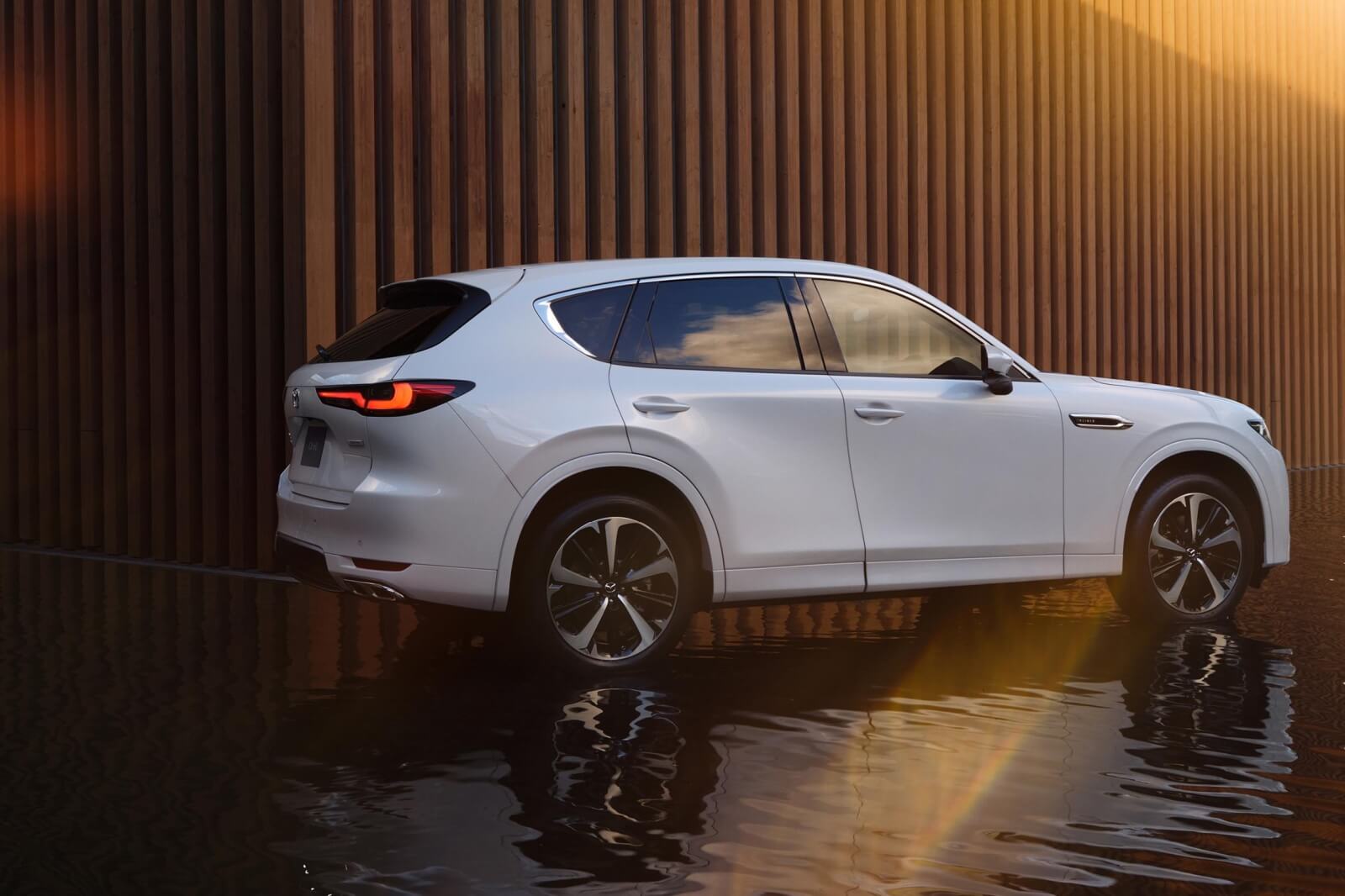
What’s under the bonnet?
The 2023 Mazda CX-60 flexes an impressive lineup of power options across all its trim levels.
Boasting a 3.3-liter turbocharged inline-six petrol variant, it churns out a substantial 209kW of power and 450Nm of torque. This engine configuration can accelerate from 0-100km/h in a remarkable 6.9 seconds, as stated by Mazda.
Parallel to it, a 3.3-liter turbocharged inline-six diesel variant exists, producing 187kW and 500Nm of torque, reaching 100km/h from a standstill in 7.3 seconds. Both these 3.3-liter inline-six configurations come with a 48V mild-hybrid system and an engine idle stop/start mechanism.
The crown jewel of the 2023 Mazda CX-60 fleet is the 2.5-liter four-cylinder plug-in hybrid (PHEV), the brand's first and the most potent model on the road yet. It yields a combined output of 241kW and 500Nm.
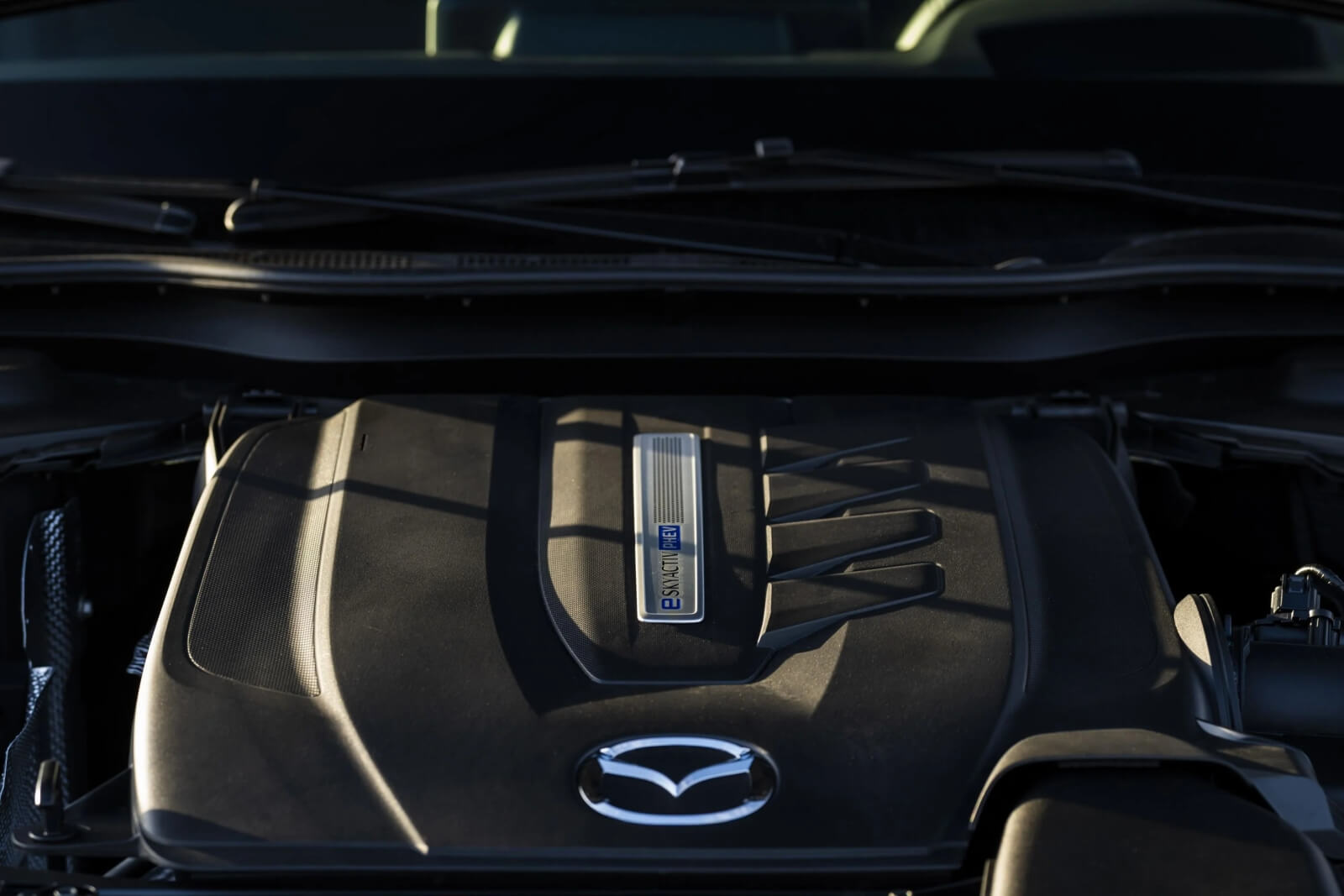
The PHEV system consists of a 2.5-liter four-cylinder petrol engine, a 100kW electric motor, and a 17.8kWh lithium-ion battery pack. The carmaker guarantees a 0-100km/h sprint in 5.9 seconds for models with this setup.
All engines work in conjunction with a freshly-developed eight-speed automatic transmission. The drive is directed through a novel rear-biased all-wheel-drive system, offering Normal, Sport, Off-Road, Towing, and EV (PHEV only) drive modes.
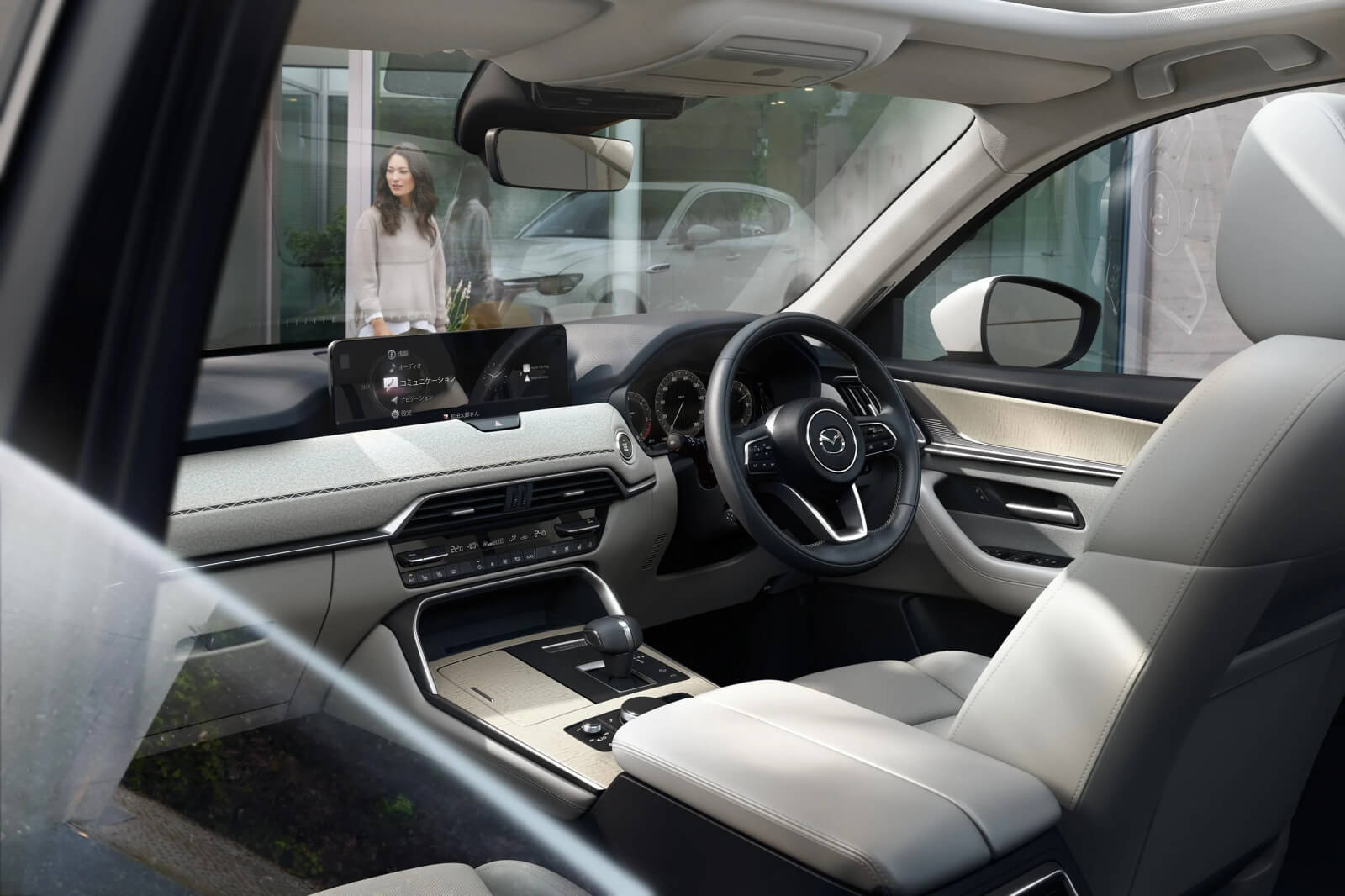
The fuel efficiency of the 3.3-liter turbocharged inline-six petrol engine will be released in early 2023. Meanwhile, the diesel variant boasts an economical fuel consumption rate of 4.9L/100km. The PHEV variant flaunts an electric range of 76km as per ADR testing, with a fuel consumption rate of 2.1L/100km in the first 100km when the battery is fully charged.
The CX-60 PHEV utilizes a Type 2 charging port and has a maximum charging rate of 7.2kW, reaching a full charge in two and a half hours, as per Mazda.
Both the petrol and diesel variants have a fuel capacity of 58L, whereas the PHEV variant has a 50L fuel tank. The petrol variant is compatible with 91 RON unleaded petrol or E10, while the PHEV requires a minimum of 95 RON unleaded petrol.
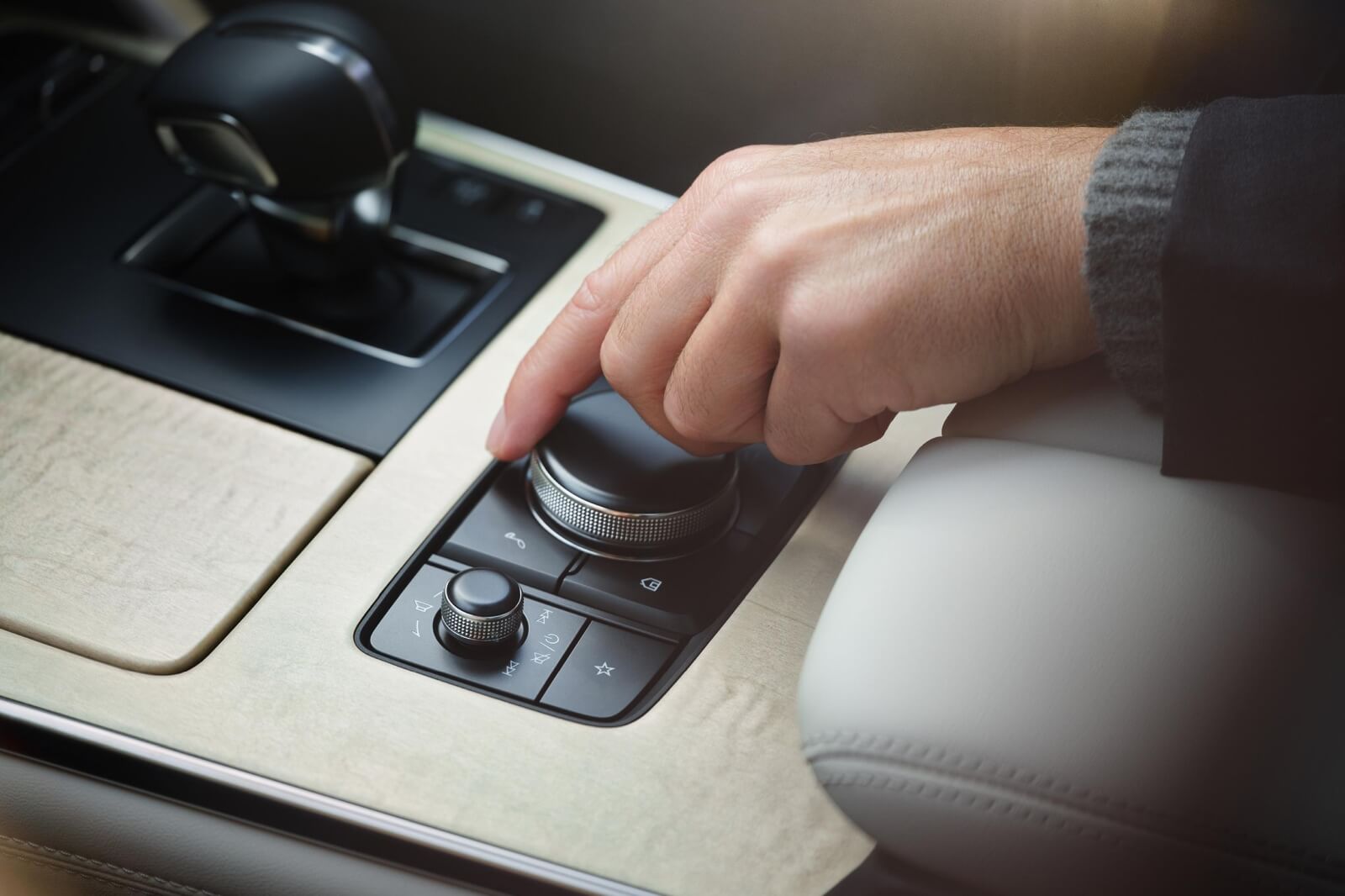
How does the Mazda CX-60 PHEV drive?
Mazda is intent on ensuring that the CX-60, despite its shift towards luxury, retains the dynamic qualities the brand is known for. The car features a 2.5-litre naturally-aspirated four-cylinder engine supplemented by a 17.8kWh battery. The combination certainly feels capable of delivering the full 241kW/500Nm outputs, with excellent traction and grip courtesy of a reliable all-wheel-drive system.
It takes a moment for the car to respond to full kick-down acceleration, so timing for overtakes is crucial. But once within the power band, the power delivery is robust. Considering its size (2070kg kerb weight), the CX-60 does well in terms of agility and dynamism.
Mazda’s new eight-speed transmission, with a multi-clutch pack replacing a traditional torque converter, can be a bit nervous at lower speeds, with the switch between petrol and battery power being less than refined. This issue, however, diminishes at higher speeds.
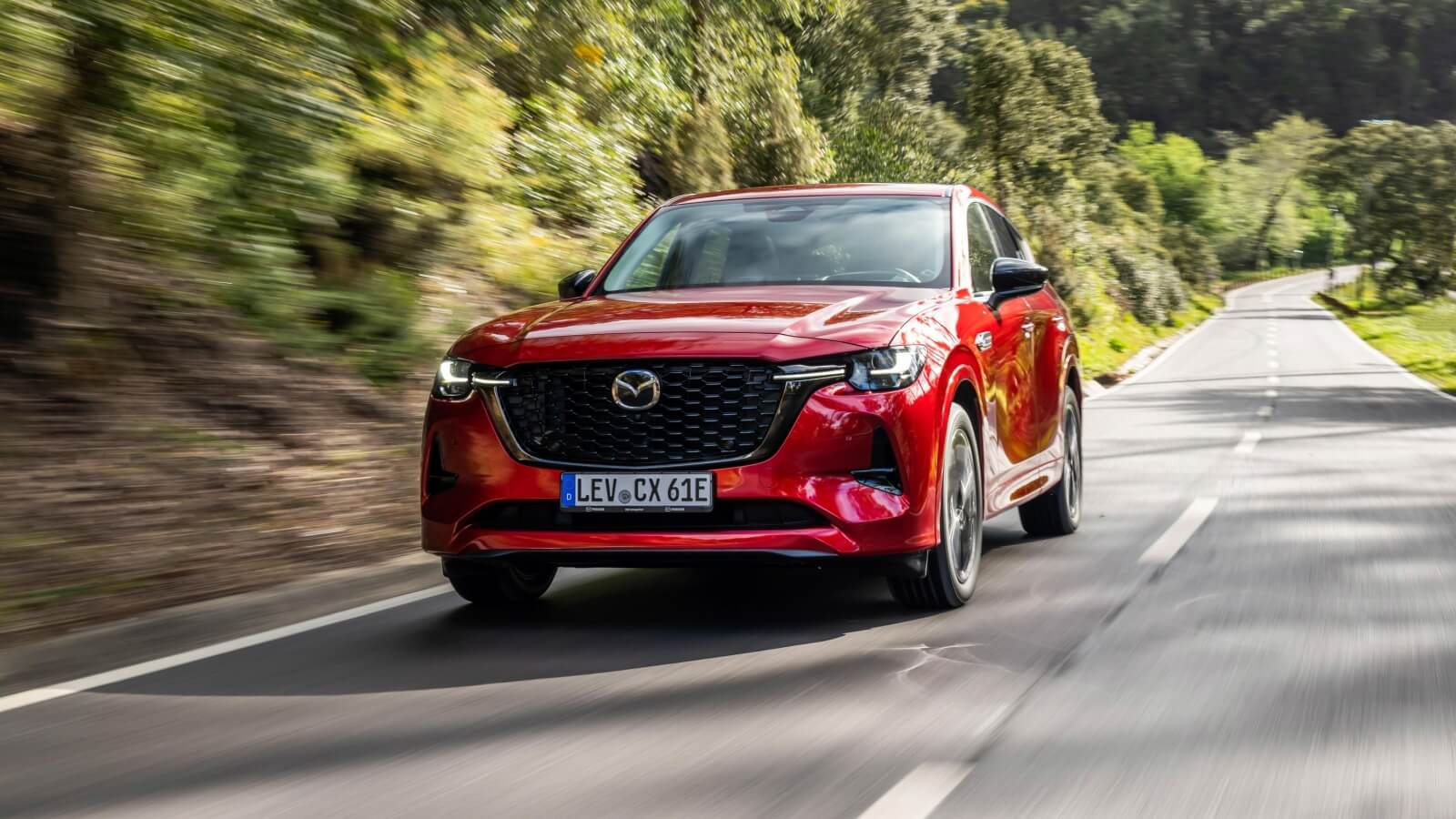
Unlike many of its luxury competitors, the CX-60 comes with a single suspension setup. Mazda argues that its single-setting dampers are tuned correctly and that adaptive or air suspensions are not required. In comparison, the CX-60’s suspension is superior to the basic ride quality of an X3 without adaptive dampers or an XC60 without air. However, the Mazda doesn't surpass the suppleness of the upgraded suspensions of the German and Swedish crossovers.
The suspension tuning is quite firm, with acceptable body control but occasional abruptness, particularly at the rear end, when the large wheels and tyres encounter potholes or expansion joints. The front suspension features a refined double-wishbone configuration, with a multi-link connection at the rear.
Despite the solid handling and agreeable mid-weighted steering, the ride might not be fully convincing to some due to its relative stiffness. The handling is commendable, as is the steering, which provides decent feedback and appropriate weighting.
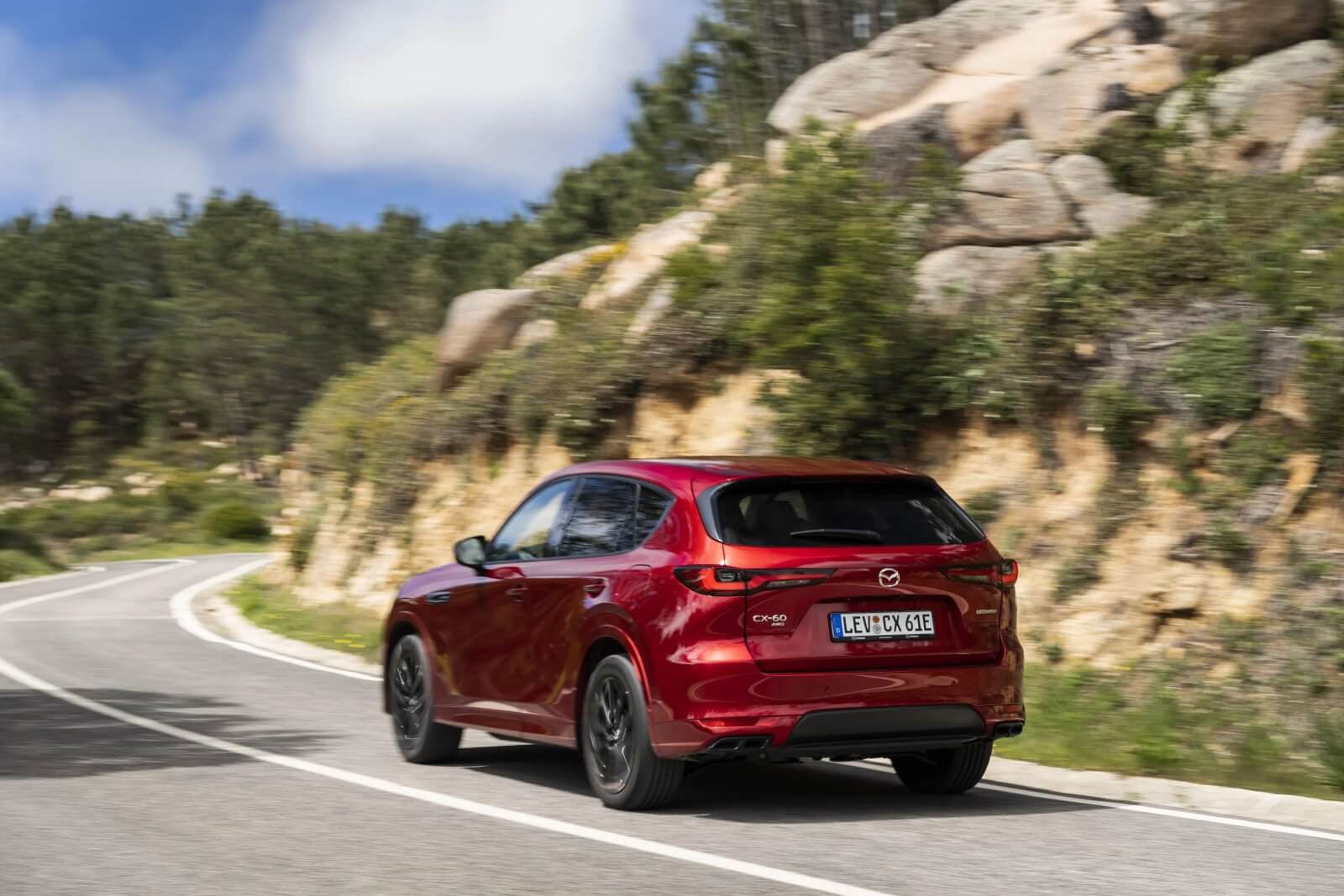
Like other Mazdas, body roll is evident in the CX-60, but the overall chassis configuration adds to the fun drive characteristic that seems to elude the XC60 and GLC. Based on a preliminary 100km test drive in Sintra, Portugal, the lively CX-60 chassis seems to be on par with the X3, Q5, and Genesis GV70 in terms of driving enjoyment in this segment.
The cabin noise levels are impressively low. Engine noise is noticeable when you press the throttle, but otherwise, the car remains quite quiet and civilized. Road and wind noise at highway speeds is minimal, even when the internal-combustion engine is running.
The steering, although precise, is rather heavily weighted, making it noticeably heavier than models like the Audi Q5 or Mercedes-Benz GLC. The all-wheel-drive system is rear-biased and capable of allocating more torque to the rear for a more engaging driving experience.
The official fuel economy figure stands at 1.5L/100km, which proved reasonably accurate during our 60km test drive, that included hills and highway driving, with an average of 1.9L/100km achieved.
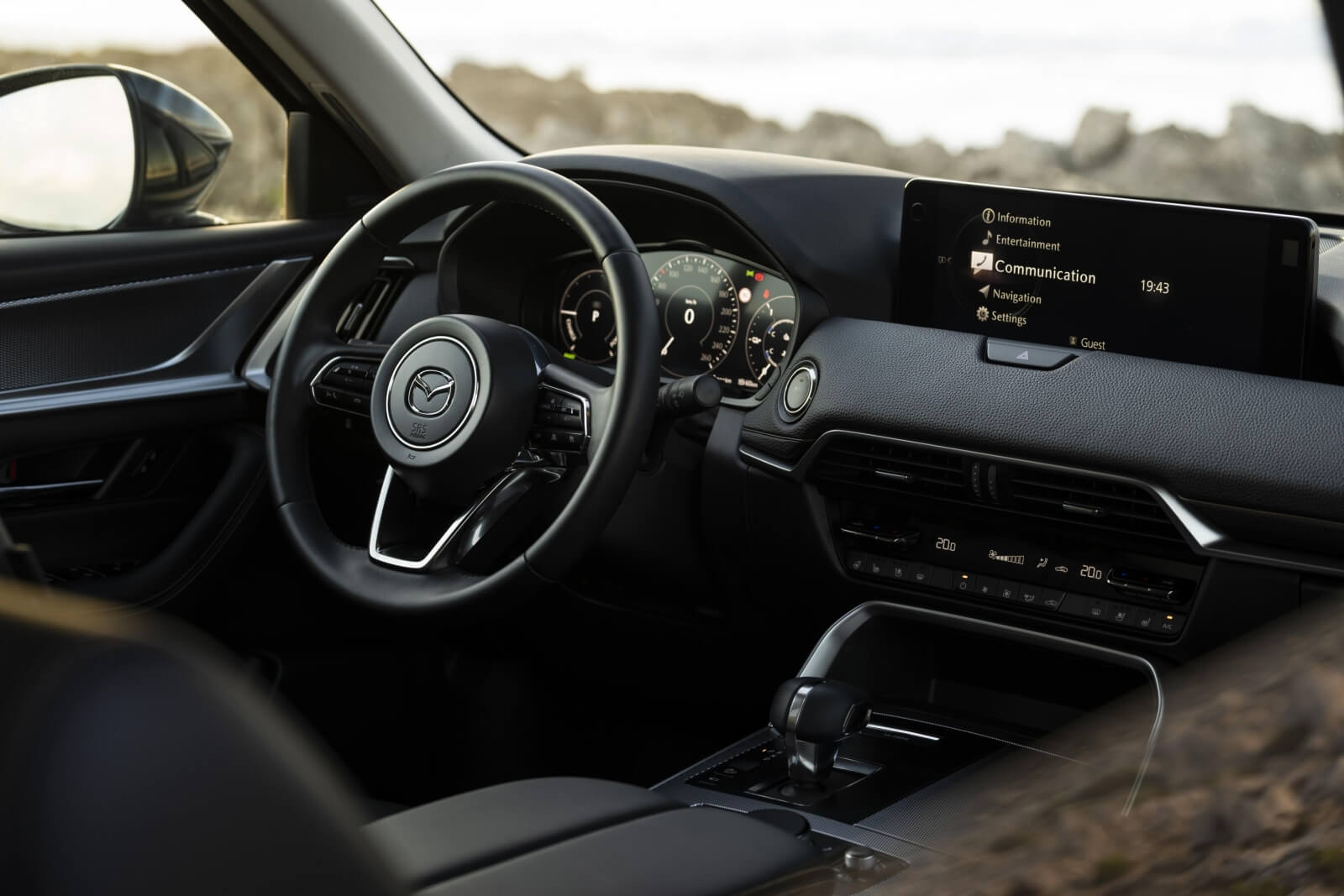
What is the Mazda CX-60 PHEV like on the inside?
Taking its place in Mazda's SUV line-up just above the CX-5, the CX-60 offers a bit more room within its cabin and exudes a sense of superior presentation and equipment quality. The Homura variant we tested, although not the flagship top-tier Takumi model, is nonetheless a high-grade option in the CX-60 range. It features leather upholstery, mood cabin lighting, a power-adjustable steering column, a hands-free power tailgate, heated and ventilated front seats, a panoramic sunroof, and a 12-speaker Bose sound system.
While not all these features may be available across all Australian CX-60 variants, it provides an insight into the potential offerings. The Australian-spec cars will adopt a more familiar naming scheme, departing from the Prime-line, Exclusive-Line, Homura, and Takumi grades of international markets.
The materials and finishes used overall are of high quality and pleasant to touch. Soft-touch materials cover the dashboard, door cards, and glovebox, while metallic-effect accent trim enhances the cabin's ambiance. A broad sunroof fills the cabin with daylight, and the ambient lighting illuminates the cabin in the dark.
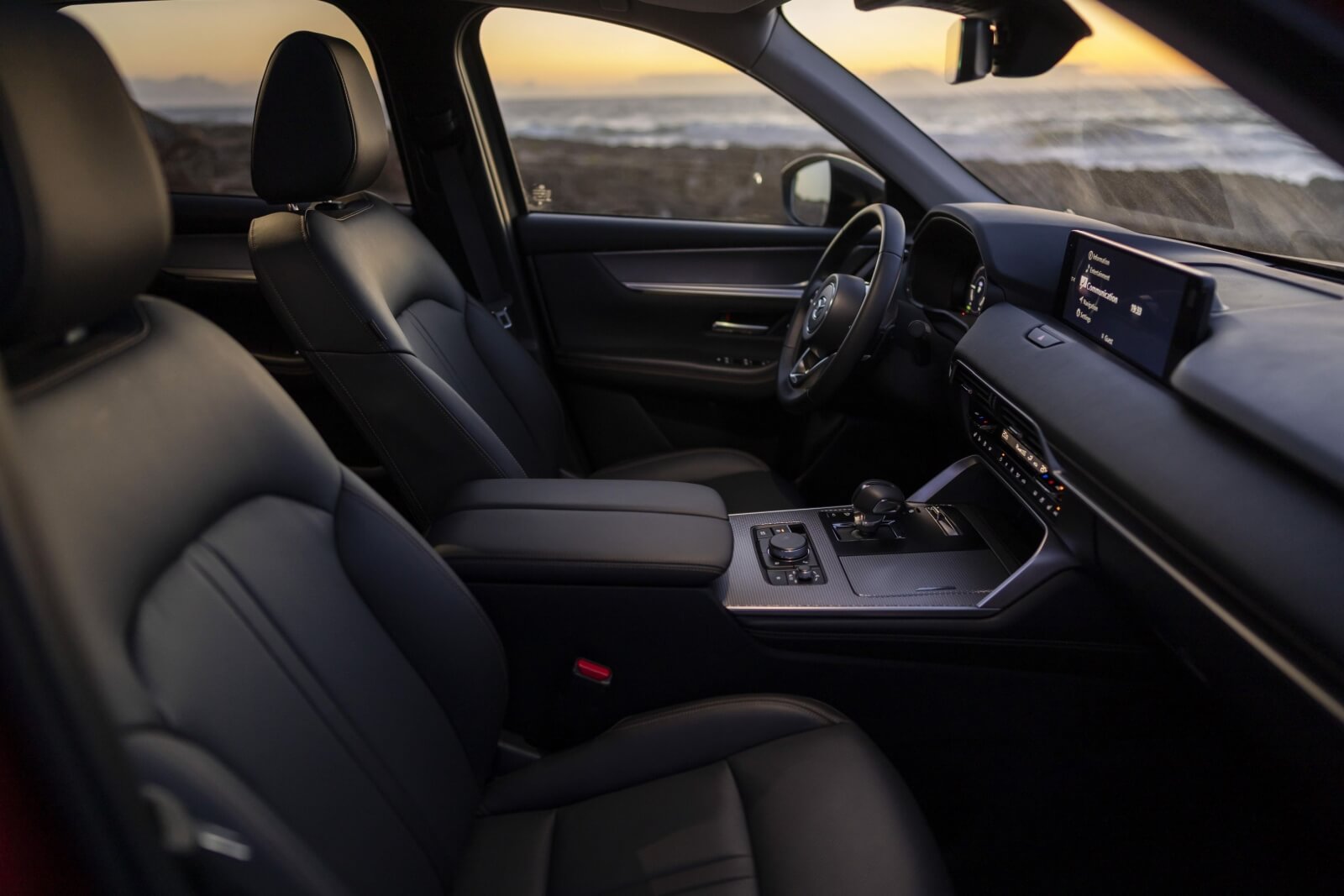
The CX-60 is equipped with a 12.3-inch fully-digital instrument cluster, a first for the brand, along with an equally sized infotainment screen compatible with wireless Apple CarPlay and Android Auto.
This infotainment system uses the same Mazda Connect system found in models like the CX-30 and Mazda 3. Its user-friendly design, driven by a rotary dial controller, and the larger 12.3-inch screen provide clear, easily digestible information.
Mirroring earlier Mazda systems, the CX-60 brings back touchscreen functionality when stationary, simplifying the input of addresses or navigating through CarPlay, then reverting to the rotary controller when on the move.
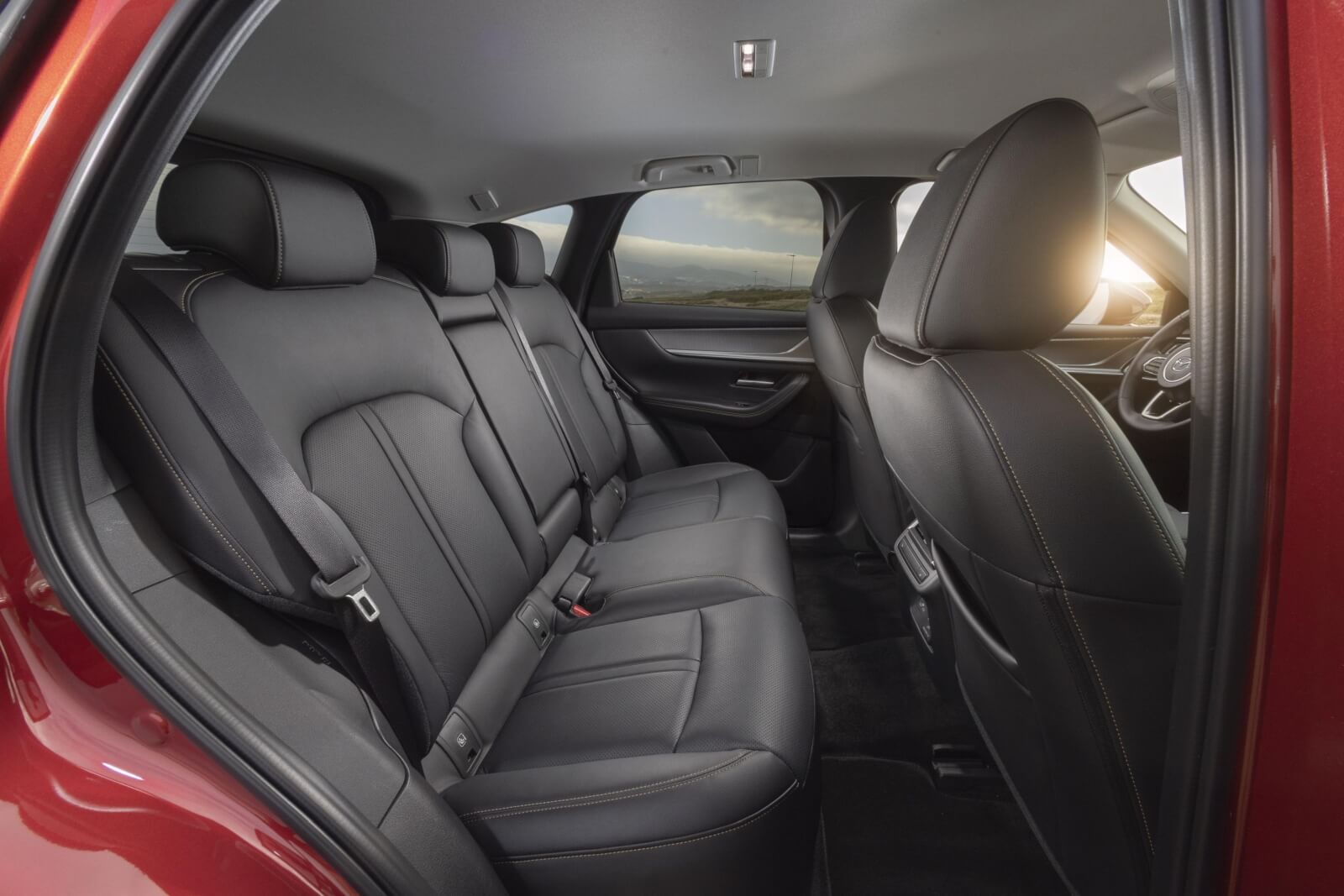
The CX-60 introduces two notable features: the Driver Personalisation and See-through View camera systems. The former uses cameras to determine a driver's eye-line and suggest an optimal driving position, while the latter assists visibility when maneuvering into parking spaces.
Regarding space, the CX-60 is a roomy SUV, providing ample space for city driving or long-distance travel. The front row offers ample room, with substantial distance between driver and passenger and good adjustability between the seats and steering wheel to achieve the ideal position.
However, the broad center console could limit legroom for taller passengers. If the CX-60 offered more storage space, this wouldn't be as significant, but some unused space could have been utilized for additional storage slots. There's a convenient area in front of the shifter for small items, while the center console is a dual-door space with a deep compartment for larger items.

Accessing the second row is facilitated by a wide-opening rear door reminiscent of the MX-30. The rear seating space is satisfactory, offering decent knee room, ample headroom, and a good amount of lateral space. The outboard rear seats in the test car were heated, and a mains power port was also available.
Moving further back, a 570-liter boot space is noted for its square shape, unimpeded by wheel wells or body panels. The low load lip means items don't need to be lifted too high.
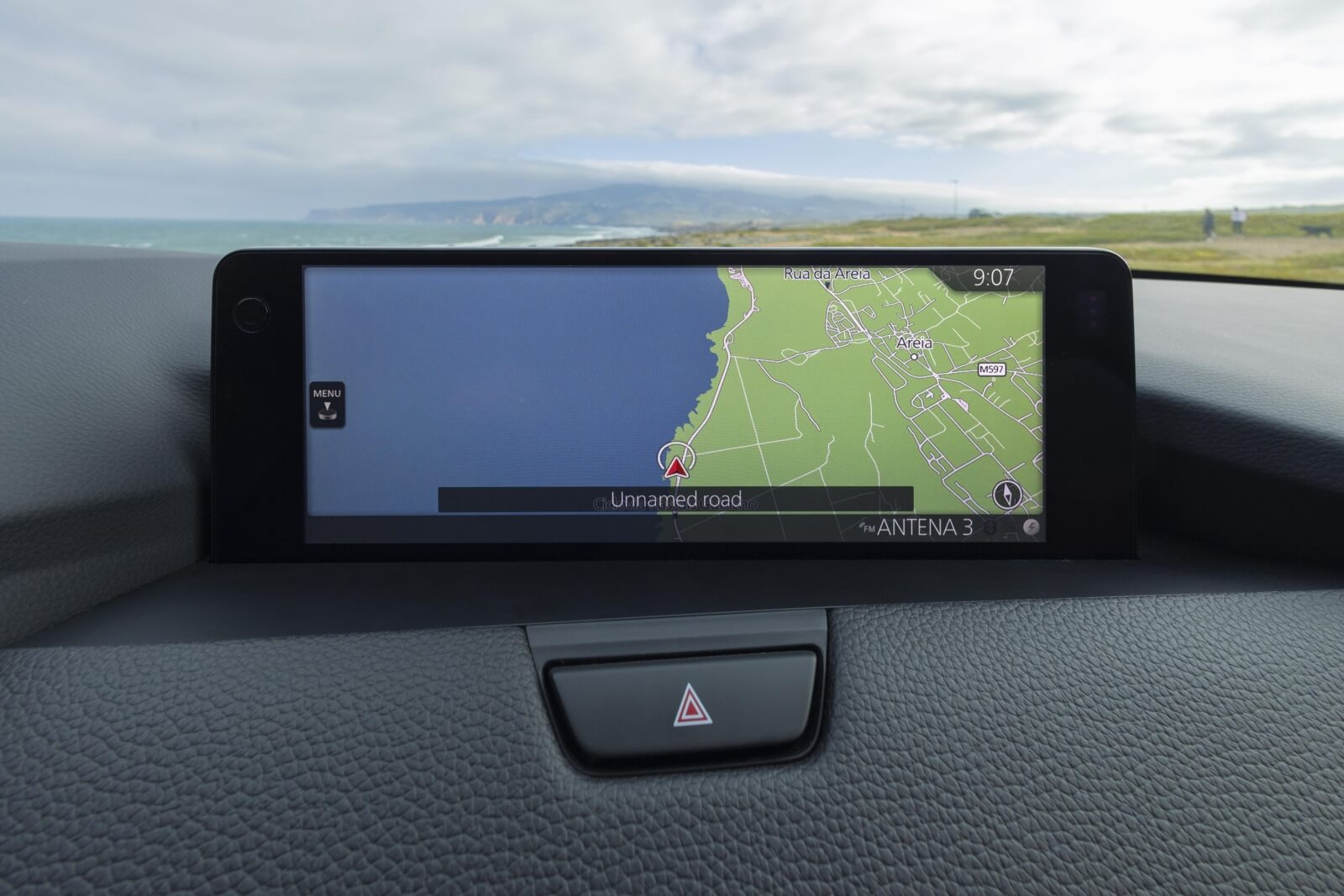
Is the Mazda CX-60 PHEV safe?
While the Mazda CX-60 awaits an ANCAP rating, it has already secured a five-star safety rating from Euro NCAP this year.
Additional safety features including a surround-view camera with see-through view, front cross-traffic alert, cruising and traffic support, and driver monitoring are available in the optional $200
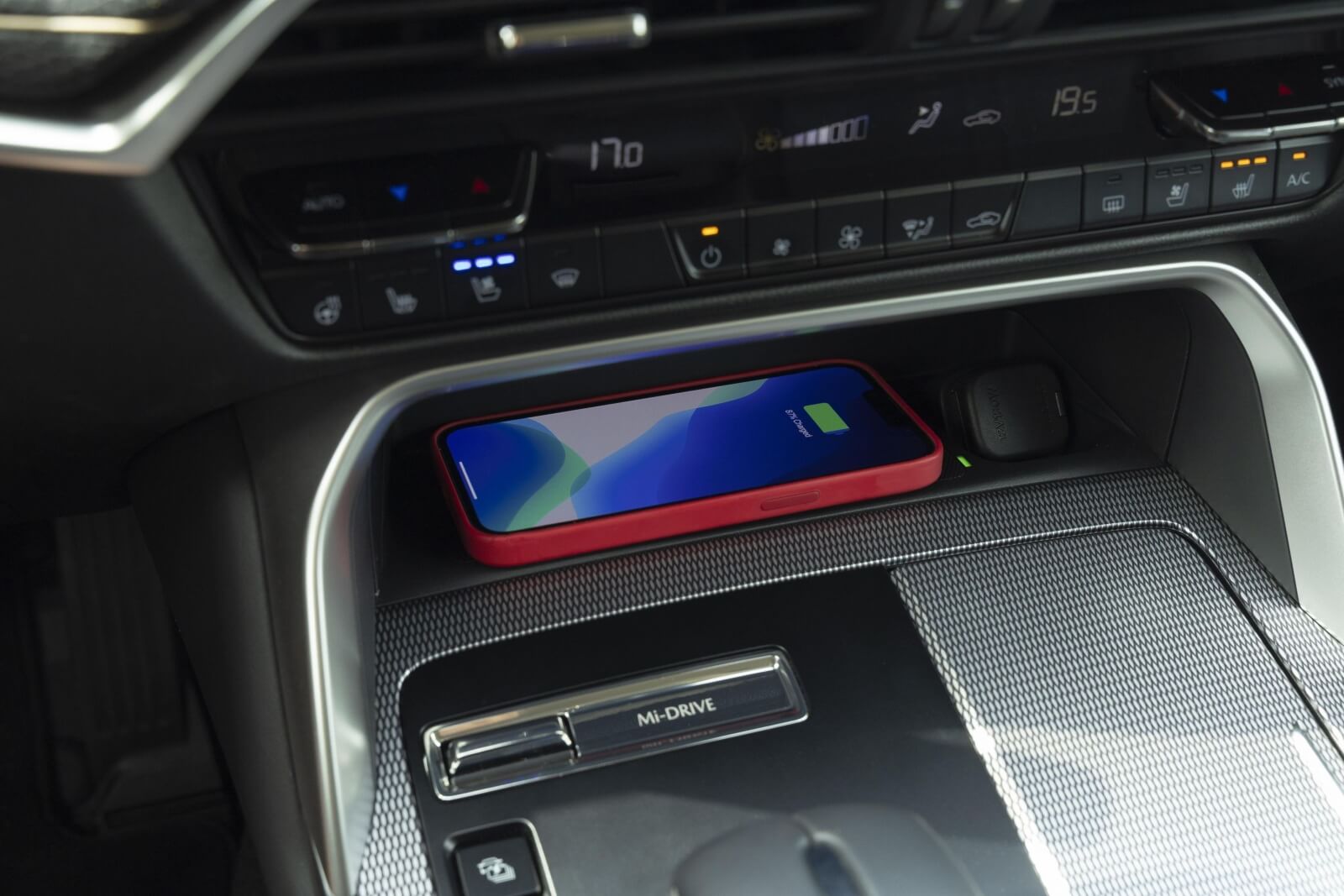
All 2023 Mazda CX-60 models receive the following safety equipment:
Front, side, curtain, far-side, and knee airbags
Autonomous emergency braking (AEB)
Front with pedestrian and cyclist detection
Rear
Rear crossing
Turn-across traffic
Forward obstruction warning
Blind-spot monitoring
Vehicle exit warning
Rear cross-traffic alert
Lane-keep assist
Adaptive cruise control
Driver attention monitoring
Surround-view camera
Reversing camera
Front and rear parking sensors
Traffic sign recognition
Tyre pressure monitoring
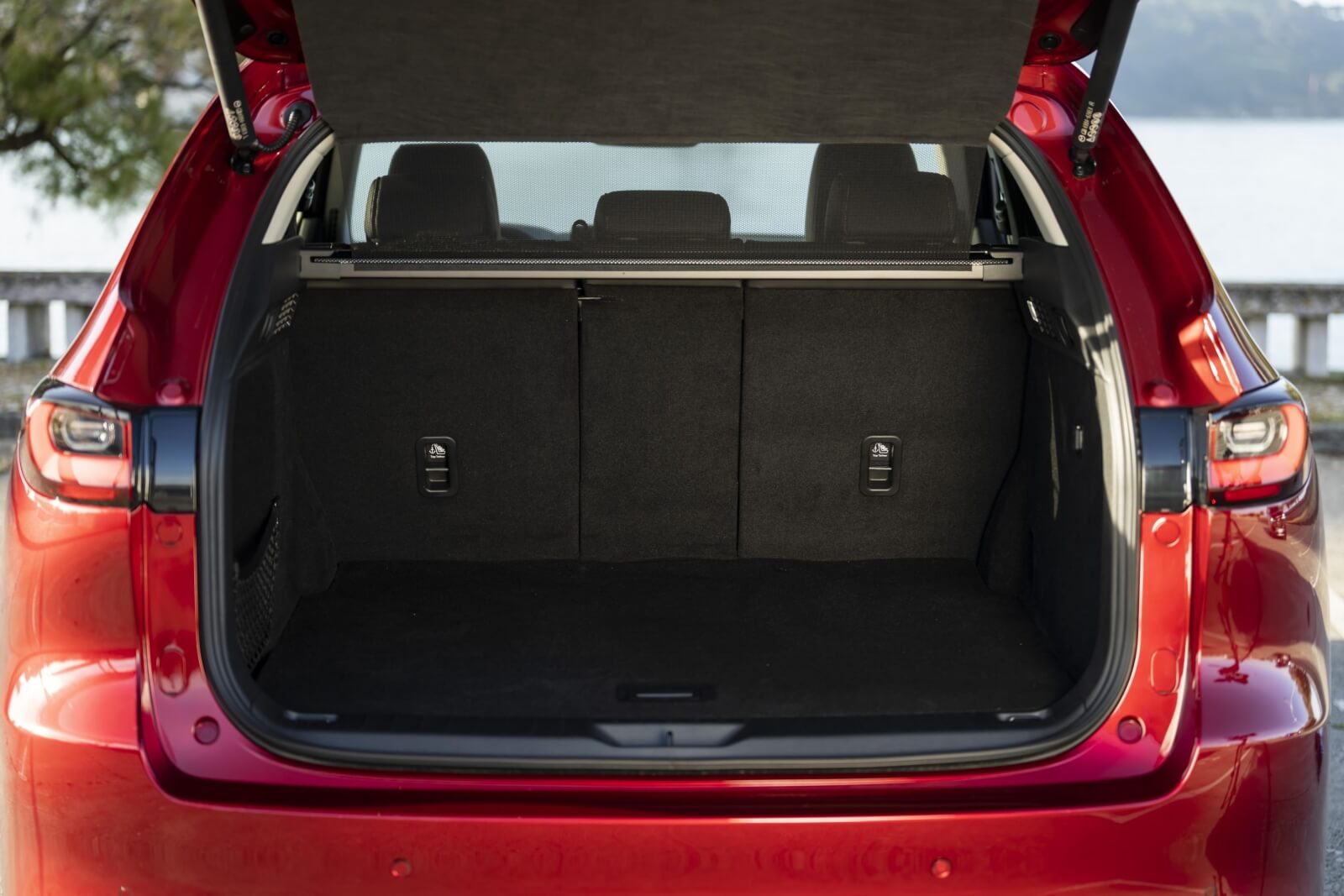
How much does the Mazda CX-60 PHEV cost to run?
The 2023 Mazda CX-60 comes with a five-year, unlimited-kilometer warranty as standard. Furthermore, the PHEV models carry an eight-year factory warranty for the high-voltage battery.
For the 3.3-liter turbocharged inline-six petrol and 2.5-liter PHEV models, maintenance service is recommended every 12 months or 15,000km. The diesel models require servicing every 12 months or 10,000km.
The estimated service costs for the petrol model is around $1400 for three years and $2800 for five years. The diesel model sits at approximately $2100 for three years and $3300 for five years. The PHEV is estimated at $1240 for three years and $2100 for five years.
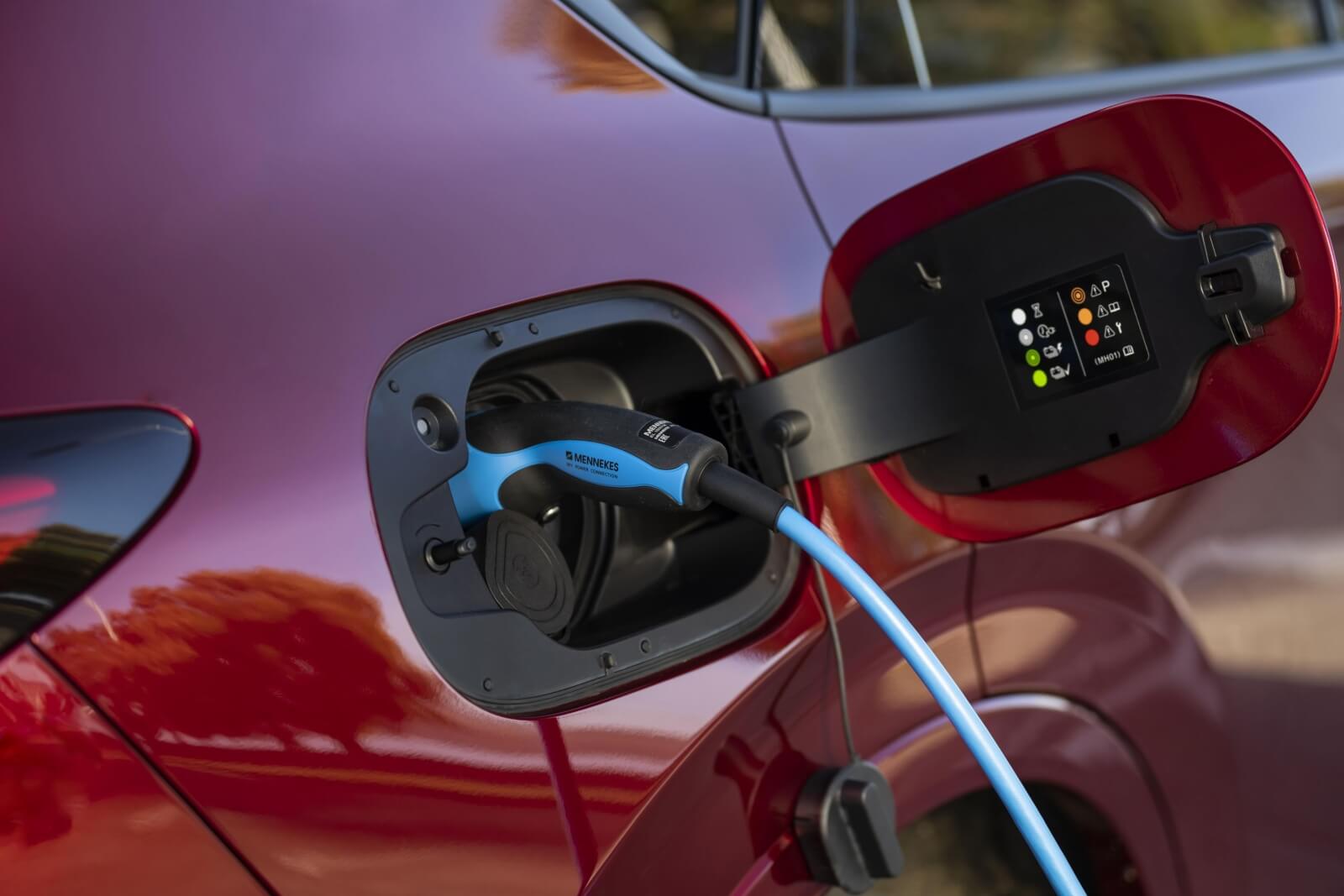
Yeecar’s Take on the Mazda CX-60 PHEV
At first glance, the new Mazda CX-60 presents an intriguing venture for the brand within the Australian market. A daring endeavor by the Japanese automaker, this SUV is tasked with elevating the brand's perception, aiming to rub shoulders with reputable competitors like the Lexus NX and BMW X3. The newly approved local pricing of the CX-60 in Australia underscores this endeavor. With these competitors being formidable contenders in their own right, the CX-60's pricing strategy will significantly shape our future perspective, especially on the PHEV model.
Evaluating whether Mazda has indeed achieved this ambitious goal necessitates a thorough examination of all the available powertrains, particularly the luxury six-cylinder engines meticulously developed over the years for this vehicle.
Our assessment of the plug-in hybrid indicates a robust performance in terms of efficiency, with or without battery charge. The model also boasts a relatively quick charge time for a PHEV, and when the dual powertrains operate in unison, they deliver impressive power.
However, like many plug-in hybrids, a certain level of refinement is compromised due to the need for a secondary combustion-driven powertrain to enhance speed. It's likely that the potent and torque-rich six-cylinder engines will offer a smoother driving experience, given the absence of a fully-electric variant for this model in this generation.
In terms of interior, the CX-60 holds great potential. We eagerly await a closer look at the top-tier Azami, but the GT SP-equivalent grade offers a sleek and well-constructed cabin that is a delight to spend time in, reflecting its solid build quality.
Further insights about the CX-60 will be revealed in due time as it is set to arrive in Australia later in 2022. For now, it promises an exciting glimpse not just at the CX-60, but also at Mazda's Large Architecture – from which we hope Australia will see more products.




